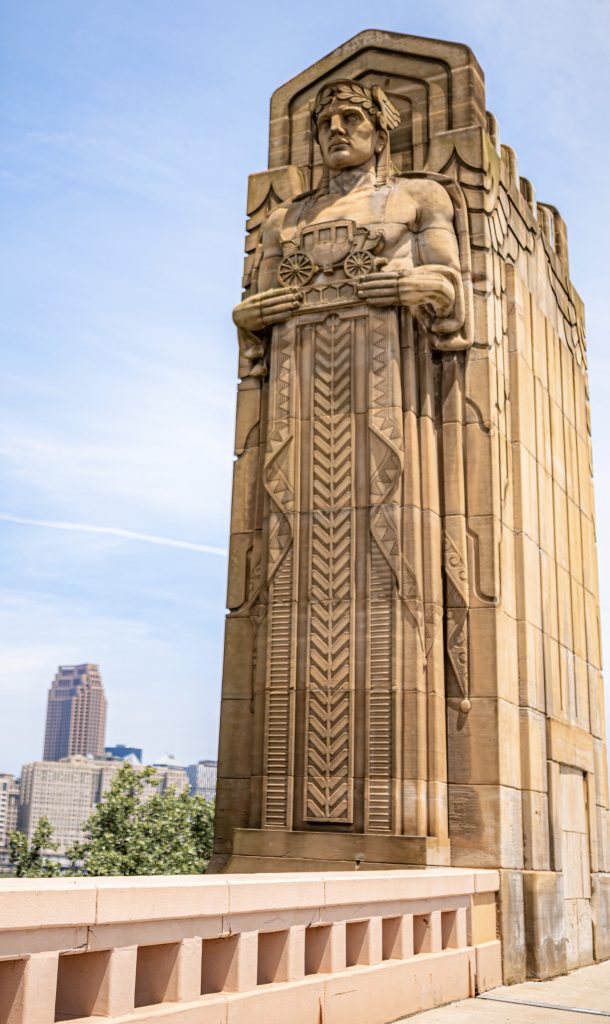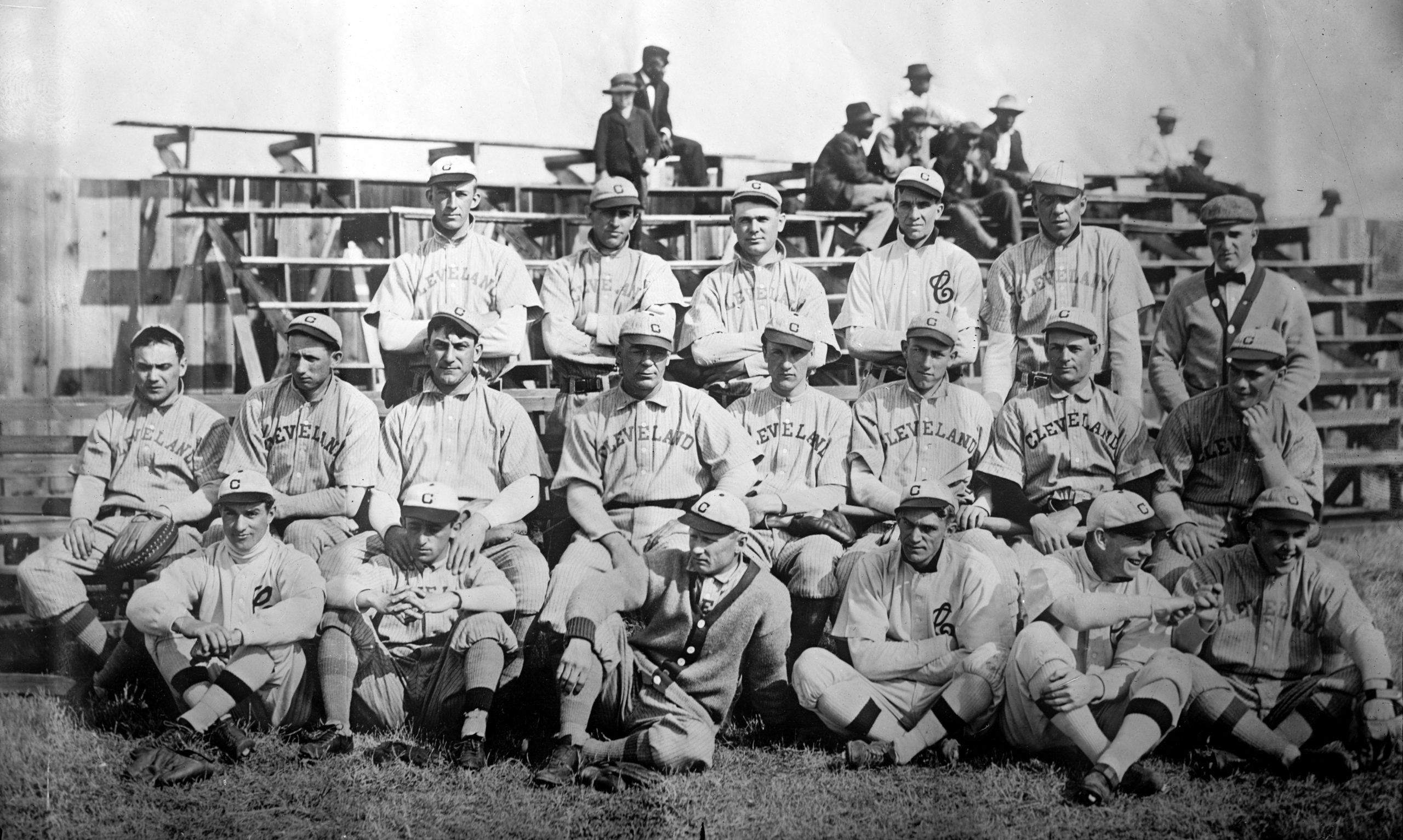CBS has compiled a list of the 50 most expensive colleges and universities in America, according to data from the National Center for Education Statistics. Most of the institutions on the list are no surprise. Number 1 is the University of Chicago (‘where fun goes to die’), Columbia is #2, Brown is #7, USC is #8, Penn is #9 and Dartmouth is #10. Yale, Cornell and Stanford are on the list too.
The real surprises, however, are twofold. First, several schools of middling repute were also on the list. For example, Fordham is #13, Occidental College is #19, Franklin and Marshall College is #30, Pepperdine is #35 and Santa Clara University is #44.
Second, Harvard, Princeton and Johns Hopkins are not in the top 50, nor are any public universities, such as Michigan, Berkeley or UCLA.
The real lesson here, I think, is that cost is not directly proportional to a school’s reputation. Of course, a school’s reputation and the quality of the education is provides are entirely different things, but when going into the workforce or applying to graduate school, reputation does matter. So it’s important to attend the best school — in terms of quality and reputation — that you can afford, and not to use price as a proxy for either.


